How to grow elephant garlic – expert tips for these delicious monster bulbs
Large in size, but mild in flavor, elephant garlic can make a real statement
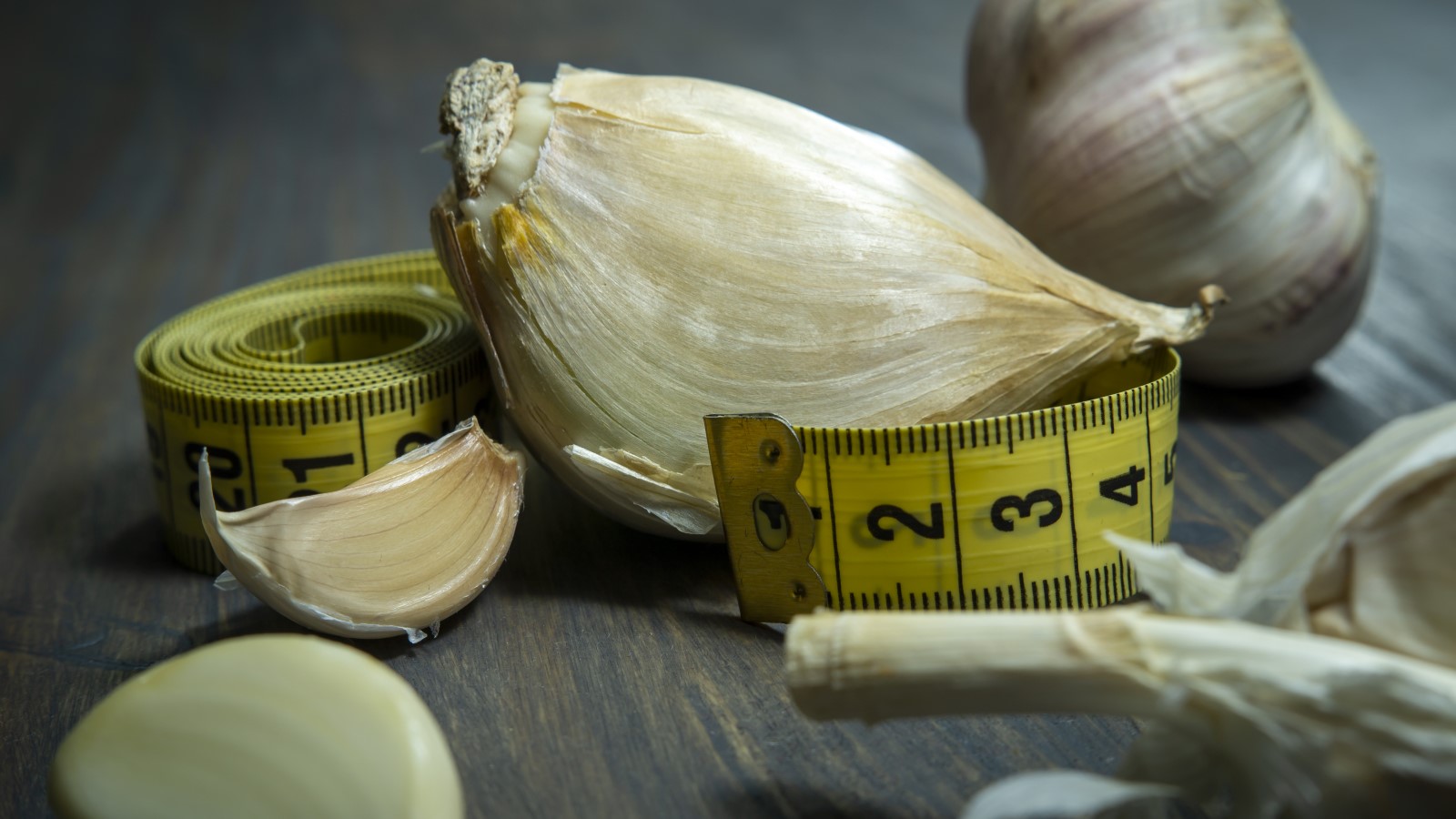

Elephant garlic is known for its huge bulbs that are capable of being the size of a baseball. It is an increasingly popular crop that is easy to grow and has a wide range of culinary uses.
With its large bulbs and the potential to put out an attractive flower spike up to five foot tall, elephant garlic is a fantastic addition to any backyard. It has a milder flavor than regular garlic and can have up to six large cloves, and many bulblets, per large bulb.
In the main, the method for elephant garlic mirrors growing garlic types that are more common. It can be grown either in the ground or in containers and, if cured and stored correctly after harvesting, can last up to 10 months.
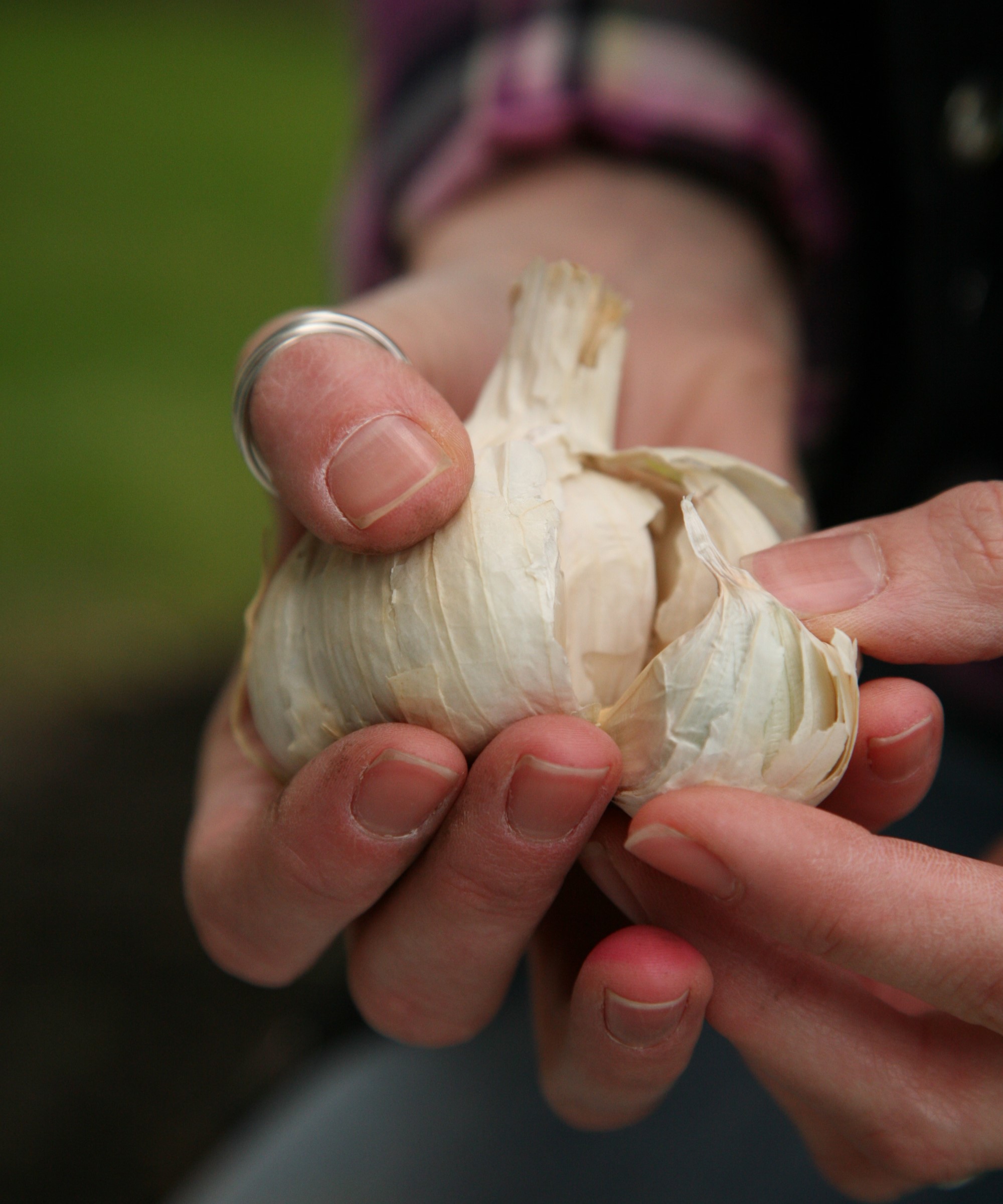
An elephant garlic bulb can weigh over two pounds

Drew is a former professional kitchen gardener and worked in productive walled gardens growing a range of vegetables for restaurants. Garlic was a common crop annually in the vegetable gardens and he has planted, grown and harvested many varieties throughout his time as a grower, including elephant garlic.
Tips for growing elephant garlic
Elephant garlic likes full sun and will develop the biggest bulbs if it can get at least six hours of sunlight each day. It is a plant that also enjoys moist conditions, but it is important to avoid waterlogging in winter. By adding extra drainage, such as sand or grit, to the soil this can help prevent the bulb sitting in sodden soil and potentially rotting.
When planning a kitchen garden, bear in mind the soil required by the crops you aspire to grow, and make amendments if necessary. Elephant garlic prefers a rich soil full of nutrients. Mix in some well-rotted manure or organic material into the site prior to planting to help enrich the soil. It is a crop that does need shelter from strong winds too.
Like regular garlic, elephant garlic can be planted in fall or spring and the huge bulb will grow from just a single clove. It grows into a large single monobulb in the first year and needs a long season to split into individual cloves. This is possible in one growing season, though one bulb will divide into multiple cloves in the second year if it is left to grow on.
Elephant garlic should not be planted in soil that has recently grown other alliums, such as onions, leeks, or garlic. This form of crop rotation prevents the spread of plant diseases in the soil. Diseases such as onion white rot, for example, affects alliums and can persist in the soil for many years.
- Buy elephant garlic bulbs from Amazon
- Buy elephant garlic bulbs from Burpee
- Buy elephant garlic bulbs from Nature Hills
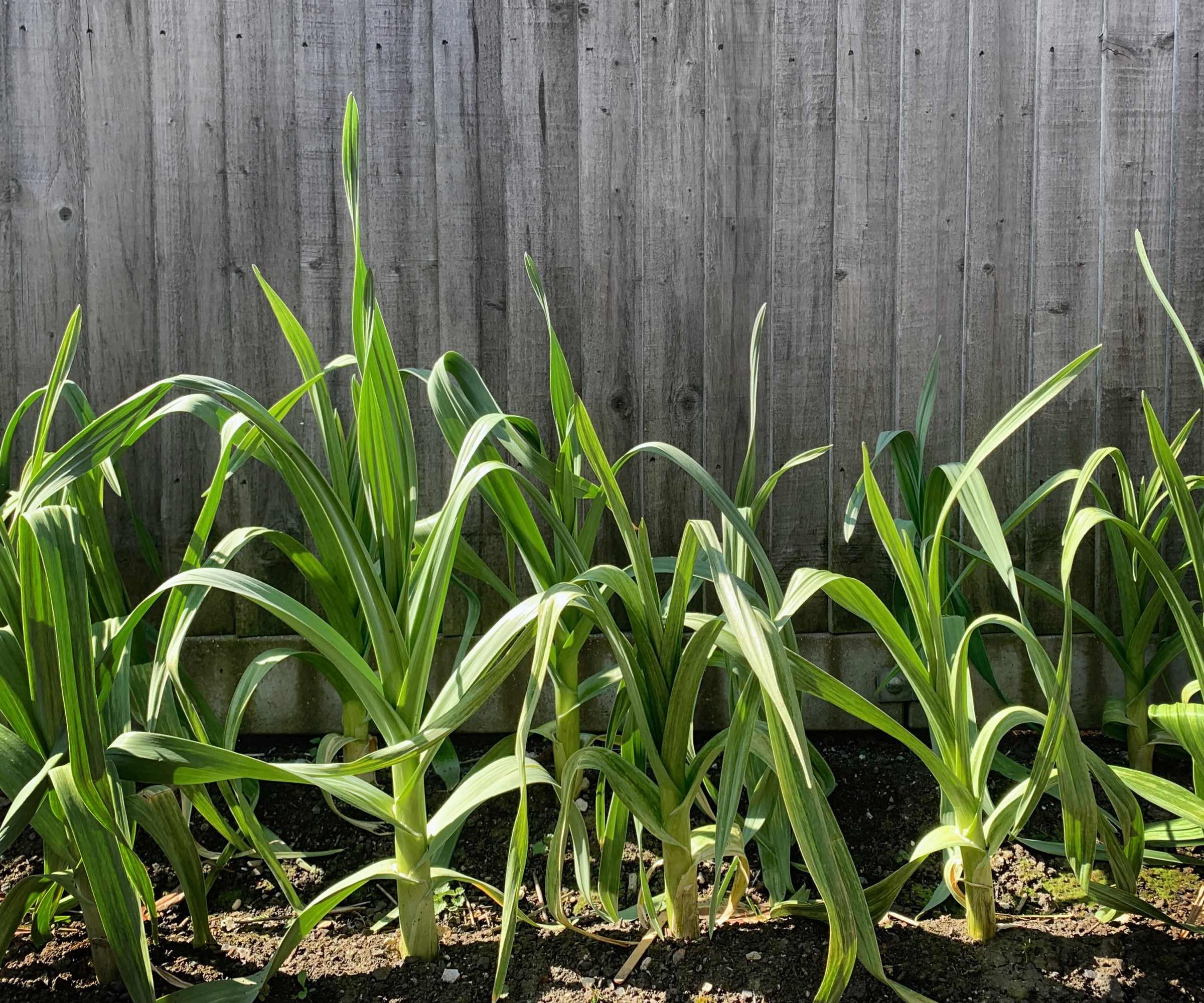
Elephant garlic can reach as high as five feet tall
How and when to plant elephant garlic
Planting elephant garlic is a simple task and there are real similarities between that and planting garlic of other types. Elephant garlic is planted in fall before the frosts are expected, though it can also be planted in early spring. If you have heavy soils, or are on a site prone to waterlogging, the bulbs can be planted indoors in modules in fall. The sprouted bulbs can then be planted outdoors in spring.
- To plant the crop, take an elephant garlic bulb and divide it into individual cloves.
- Choose the largest bulbs and plant each one with its pointed end facing upwards. Push it into the soil around four to six inches deep.
- The cloves like a lot of space to grow in, so space them a minimum of eight inches apart.
- Water lightly and keep the soil moist, However, consider when to water plants carefully, as over-watering the bulb will put it at risk of decaying.
Cloves planted in fall will have a long enough growing season to split into multiple cloves. If the cloves are planted in spring, they can either be lifted as one large bulb or left to grow and split into individual cloves the following year.
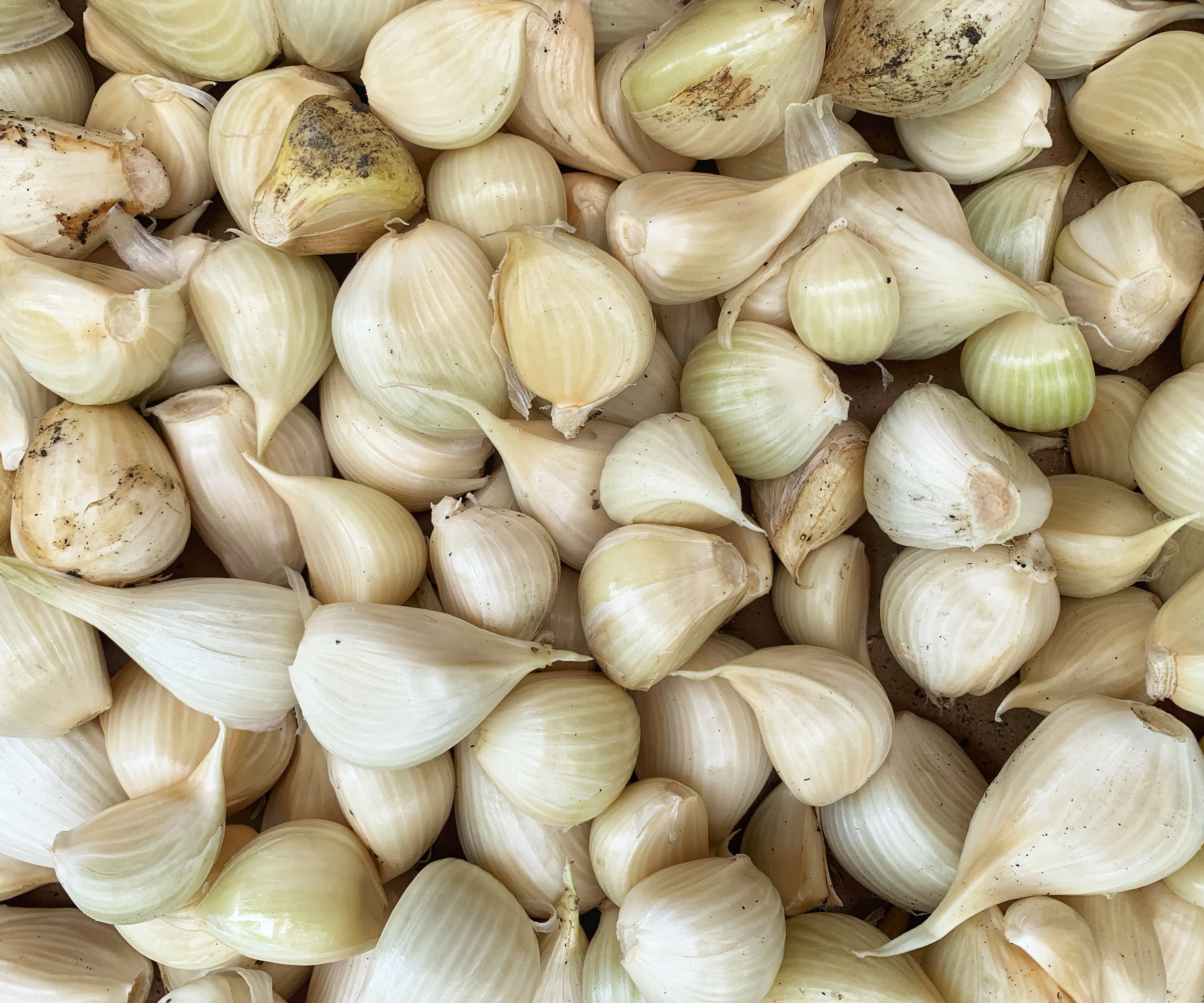
The mild flavor of elephant garlic means it can be eaten raw
How to grow elephant garlic in containers
Elephant garlic is a crop that can be grown in pots as part of your vegetable container gardening ideas. Make sure to choose a large outdoor planter that is four to six inches deep and wide enough to give each clove at least eight inches of space. The cloves should be planted in pots at the same time of year as you would plant cloves in the ground.
Fill the container with a good-quality compost and push the cloves into the soil. Place the soil in a sunny spot in your backyard. One drawback to growing elephant garlic in containers is that the plant will require a lot of watering over its long growing season.

Elephant garlic scapes are removed before the flowers open
Harvesting elephant garlic
Garlic has a long growing season and knowing when to harvest garlic depends on looking for a few identifiable factors. Harvesting elephant garlic relies on the same principles as with regular garlic.
Bulbs planted in fall will take up to eight months to grow to full size. They are ready to harvest once the foliage turns yellow. The top growth usually starts dying back by late summer. Lift the plants out the soil with a garden fork or spade, taking care not to damage the bulb. Pulling the elephant garlic by the leaves or stem can easily damage the plant.
Pick the largest bulbs to store. Smaller monobulbs can be left in situ to swell up the following year. Mulching around the plants with compost or leaf mold can help to smother weeds, keep moisture in the soil, and provide extra nutrients to help the remaining bulbs bulk up.
Elephant garlic bulbs need to be cured in a cool and dark spot with good air circulation for up to eight weeks. After this, remove the roots and trim the stalks before storing them in a cool spot at 45 to 55˚F. Knowing how to store garlic properly can mean you can keep elephant garlic for up to 10 months in the right conditions.
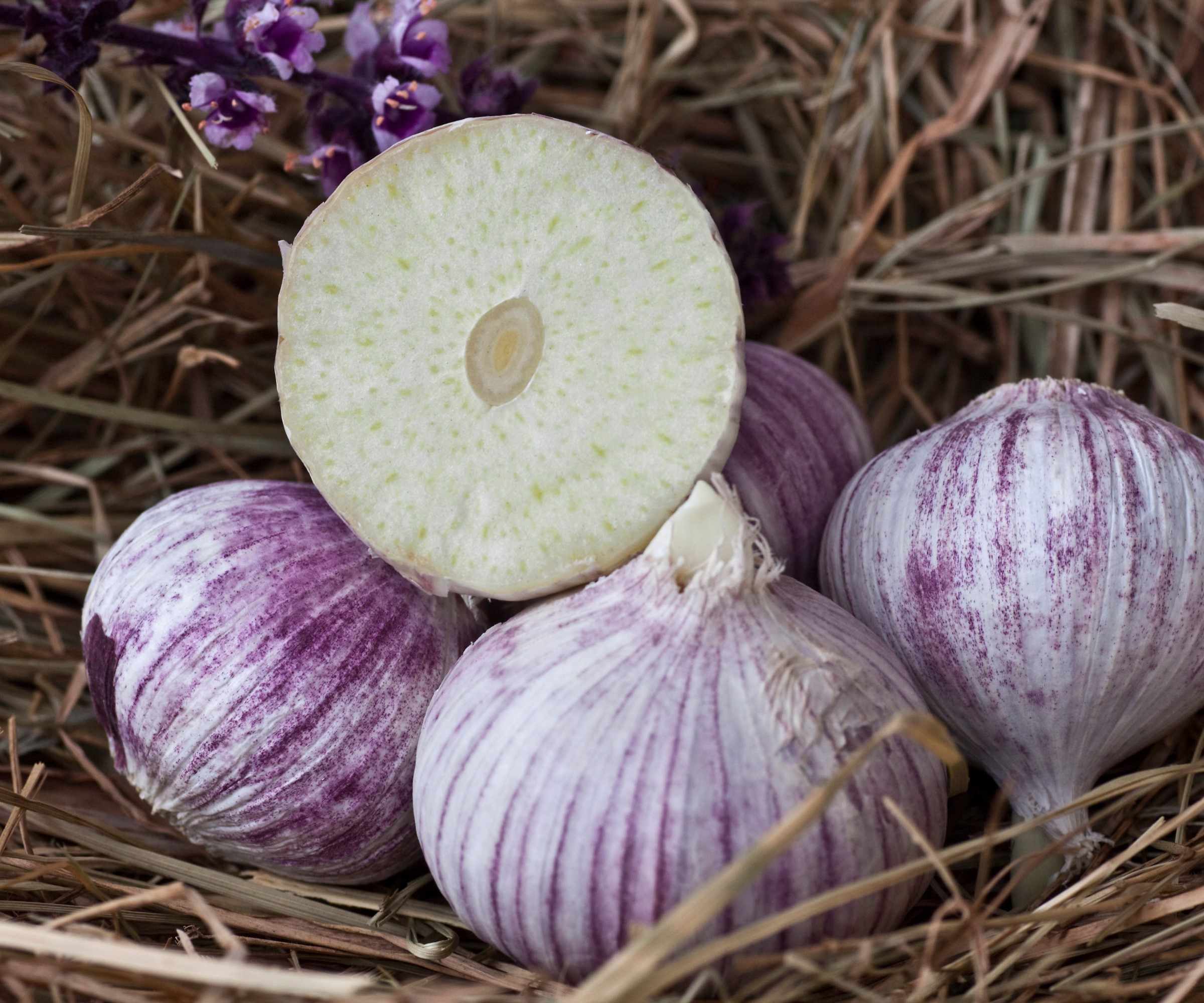
Elephant garlic forms a large single monobulb before separating into individual cloves
Is elephant garlic the same as regular garlic?
Elephant garlic looks like garlic and tastes like mild garlic, however it is technically closer related to leeks. It is a biennial plant and has the same broad, flat, and folded leaves commonly seen with leeks. The bulb can be twice the size of regular garlic and can weigh in at up to 2.2 pounds.
Is elephant garlic hardneck or softneck?
Hardneck and softneck garlic are the two classifications of bulbs you will see. Each offers selected characteristics in terms of hardiness, the number of cloves it produces, and flavor.
There is only one cultivar of elephant garlic, but you will see hardneck and softneck varieties available to grow. The hardneck varieties are the oldest forms of elephant garlic and, like all hardneck garlic, produce a flowering spike known as a ‘scape’. These flowerheads have a mild garlic flavor and are considered a delicacy.
Sign up to the Homes & Gardens newsletter
Design expertise in your inbox – from inspiring decorating ideas and beautiful celebrity homes to practical gardening advice and shopping round-ups.

Drew’s passion for gardening started with growing vegetables and salad in raised beds in a small urban terrace garden. He has worked as a professional gardener in historic gardens and specialises in growing vegetables, fruit, herbs, and cut flowers as a kitchen gardener. That passion for growing extends to being an allotmenteer, garden blogger, and producing how-to gardening guides for websites. Drew was shortlisted for the New Talent of the Year award at the 2023 Garden Media Guild Awards.
-
 Bryce Dallas Howard's bedroom is the most creative, social space in her entire home – she uses 'conversational seating' to create a multifunctional 'salon'
Bryce Dallas Howard's bedroom is the most creative, social space in her entire home – she uses 'conversational seating' to create a multifunctional 'salon'The actress's bedroom doubles as a home office thanks to its clever layout and furnishings, proving that this area is much more than a sleep space
By Hannah Ziegler
-
 7 questions to ask yourself before moving house – realtors promise answering these questions will prevent buyer's regret
7 questions to ask yourself before moving house – realtors promise answering these questions will prevent buyer's regretDon’t make your move harder, ask these questions before moving to avoid mistakes
By Chiana Dickson